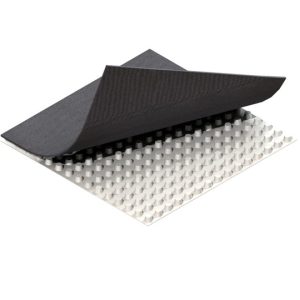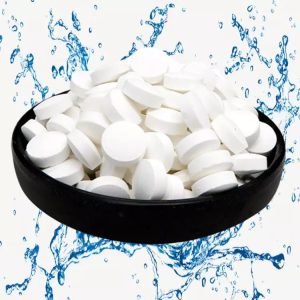Soluble Fiber: Benefits and Sources for a Healthier Diet
# Soluble Fiber: Benefits and Sources for a Healthier Diet
## What Is Soluble Fiber?
Soluble fiber is a type of dietary fiber that dissolves in water to form a gel-like substance in the digestive tract. Unlike insoluble fiber, which adds bulk to stool, soluble fiber interacts with water to slow digestion and provide several health benefits.
## Health Benefits of Soluble Fiber
### 1. Supports Heart Health
Soluble fiber helps lower LDL (“bad”) cholesterol by binding to cholesterol particles and removing them from the body before they can be absorbed. Studies show that consuming 5-10 grams of soluble fiber daily can reduce LDL cholesterol by 5-11%.
### 2. Regulates Blood Sugar Levels
The gel-like substance formed by soluble fiber slows the absorption of sugar into the bloodstream, helping to prevent spikes in blood glucose levels. This makes it particularly beneficial for people with diabetes or prediabetes.
### 3. Promotes Digestive Health
Soluble fiber acts as a prebiotic, feeding the beneficial bacteria in your gut. A healthy gut microbiome is linked to improved digestion, stronger immunity, and even better mental health.
### 4. Aids in Weight Management
Foods rich in soluble fiber tend to be more filling, helping you feel satisfied longer. This can lead to reduced calorie intake and support healthy weight management.
## Top Sources of Soluble Fiber
### 1. Oats and Barley
Oats are one of the best sources of soluble fiber, particularly beta-glucan. A bowl of oatmeal for breakfast can provide 3-4 grams of soluble fiber.
### 2. Legumes
Beans, lentils, and peas are excellent sources. A half-cup serving of cooked black beans contains about 2-3 grams of soluble fiber.
### 3. Fruits
Apples, oranges, pears, and bananas are good choices. The pectin in apples is a particularly beneficial form of soluble fiber.
Keyword: Soluble Fiber
### 4. Vegetables
Brussels sprouts, carrots, and sweet potatoes are among the vegetables highest in soluble fiber content.
### 5. Nuts and Seeds
Flaxseeds and chia seeds are especially rich in soluble fiber. Just one tablespoon of chia seeds provides about 3 grams of soluble fiber.
## How to Increase Your Soluble Fiber Intake
Start your day with oatmeal or a chia seed pudding. Add beans to soups and salads. Snack on fruits with the skin on. Gradually increase your intake to allow your digestive system to adjust, and be sure to drink plenty of water to help the fiber work effectively.
Aiming for 25-30 grams of total fiber per day, with about one-quarter coming from soluble sources, can help you reap the many health benefits this important nutrient offers.


